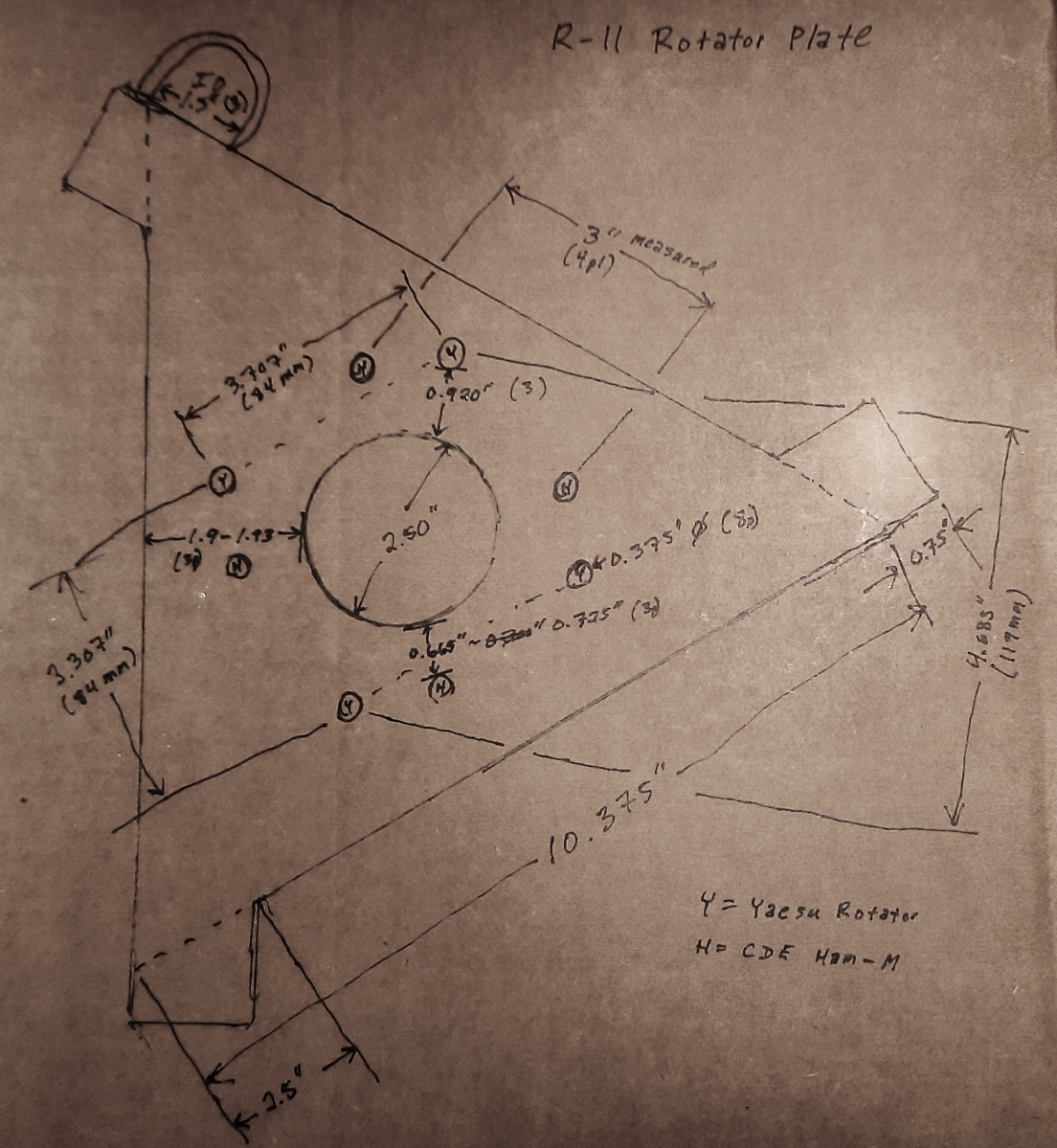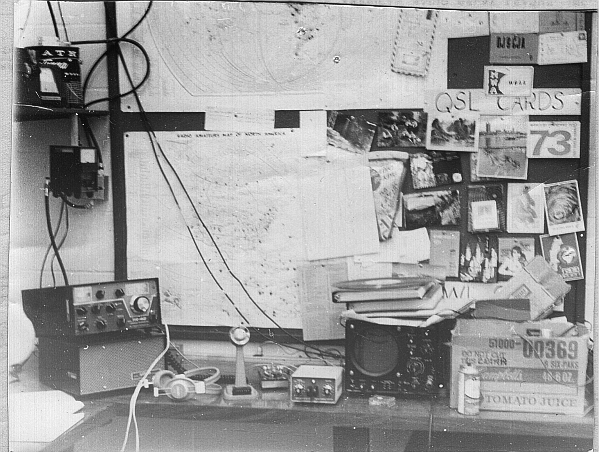I am an amateur “ham” radio operator, call letters: N0DL, and have been active in that hobby since 1973, first licensed as WN0LSI in 1974 then shortly after that as WB0LSI. Here is my QRZ.com page.
And I’m ecstatic to announce that my son, Dan is now a licensed amateur radio operator, KF0MYN!
Coming soon: construction details and materials lists for the Lake Area Radio Klub 1:1 and 4:1 baluns. Still working on this as of 11-Sep-24.
See a slideshow of my Beam and Tower Project on my Photos page. As part of that project I took measurements of the hole spacing and U-bolt dimensions of the Universal Towers R-11 Rotator Plate Hole Locations and Dimensions (antenna rotor) for anyone who needs it.
Here’s where HamAlert last spotted me:
Here are the last 10 current QSOs in Club Log:You can check my Clublog data to see if our QSO is in my log:
My QRZ.com Logbook, also updated automatically:
Attention, Field Day CW Contesters: I created MP3 audio and text files from our club’s log from our 2022 Field Day exercise to help train myself and others for making CW contacts. The files were created from our club station’s log data. They contain the actual exchanges provided by the stations we contacted. A surprising number of contacts I have checked seem to operate the same number of transmitters from year to year. As one example, our club station, W0WTN has been “6A” for the past five Field Days.
I bought a Vectronics VEC-603 6m antenna tuner to match the K-Dave transmitter to the Discone feedline and antenna. The manual didn’t have a schematic or much of anything in terms of specs so I took some photos and drew out the schematic of the VEC-603. The manual is included as the first two pages. Vectronics VEC-603 6m Antenna Tuner Manual Photos and Schematic.
Here’s a photo of the ham radio shack at the High School in Staples, MN from the early 1970’s:
Shown above: A Heath oil-filled ‘cantenna’, Drake W-4 directional wattmeter, Drake TR-4B and a Heath HD-1410 keyer that I’m pretty sure I built for the club from a kit (Heathkit).
I created a PowerPoint slide show on the
Reduction of Telephone Interference that I presented at the 1999 Dakota Division Convention here in Watertown, SD.
A fellow ham buddy and I used to own a repeater in the late 70’s. We had a local radio announcer with a nice voice from Q98 in Moorhead, MN create an audio ID for N0DL Repeater:
There weren’t too many repeaters with voice IDs back then so the repeater was frequently ‘kerchunked’.
Articles of interest to hams and audiophiles:
Balanced Lines in Audio Systems: Fact, Fiction and Transformers by Bill Whitlock (PDF, ~8Mb)
Here’s a technical note I wrote in 1998 explaining why the value “4.44” shows up in the calculation of inductor and transformer flux density when working with a sinusoidal waveform.
Because I can’t find it anywhere else on the ‘net, the OCR’d PDF of the 1994 EIA Source and Date Code Book listing transformer and capacitor manufacturers as of that year. Here is a plain scanned version if you find my OCR version doesn’t display properly. I also found and OCR-scanned the EIA 1995 Source and Date Code Book. Link to additional years of the EIA Source and Date Code book.
Good article on inductance of gapped ferrite cores: Evaluation of Factors Affecting Inductance Measurements of Ferrite Components by Barbara Ann Livermore and Jan M van der Poel.
Audio Tech Types: JVC Compulink files viewed using a soundcard.
